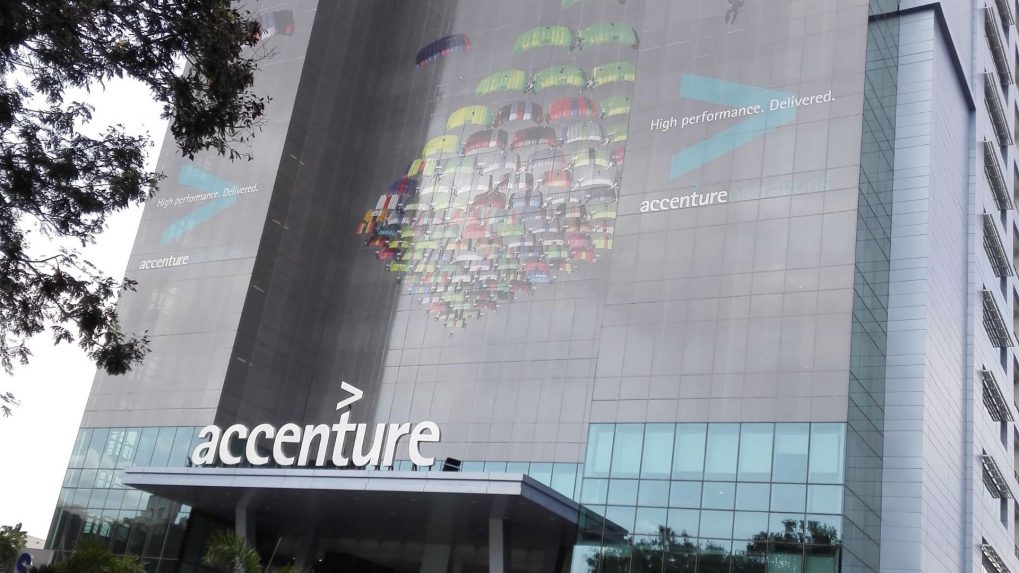Advertising
From Pink Slips to Silent Sidelining: Inside adland’s layoff and anxiety crisis

Accenture has laid off more than 11,000 employees worldwide in just three months, signalling how fast the consulting industry is reshaping itself in the age of artificial intelligence. The cuts form part of an $865 million restructuring programme, expected to save the company over $1 billion, with executives cautioning that further exits are likely before the overhaul concludes in November 2025.
Why the job cuts are happening
Accenture chief executive Julie Sweet has said the company is “exiting people on a compressed timeline where reskilling is not a viable path for the skills we need.” The consulting giant is under pressure to realign its massive 779,000-strong workforce as corporate clients increasingly demand AI-driven solutions. Put simply, roles that cannot be retrained quickly enough are being eliminated, while investment is redirected to emerging fields like agentic AI — the new wave of tools designed to automate complex workflows.
Not just Accenture
The firm’s restructuring is part of a broader pattern across the global corporate landscape. Microsoft, for example, has axed more than 15,000 jobs in 2025 alone — around 7% of its total workforce. These cuts, carried out in waves, have coincided with the company’s AI-first agenda. Tools such as GitHub Copilot now reportedly generate 30% of Microsoft’s code, reducing reliance on traditional software engineering labour. Resources are being shifted from people to processors, with heavy investments in AI data centres and advanced chips.
Google has also seen its AI contractors hit by cuts. Over 200 workers hired through outsourcing firm GlobalLogic were dismissed from projects training and refining Google’s AI models. The irony, many noted, was that the very systems they helped develop could make their jobs redundant. Meanwhile, creative industries are not immune either. WPP-owned Ogilvy recently let go of 30–40 employees in India amid shrinking client budgets and growing pressure to integrate AI into operations.
The bigger picture
The wave of layoffs across Accenture, Microsoft, Google, and advertising networks shows a shift - the arrival of AI at scale is less about replacing individual jobs and more about restructuring entire workforces. For companies, this means cutting the roles that are less adaptable while pouring resources into new technologies and skills. For workers, it signals an urgent need to embrace reskilling, as even established roles in consulting, engineering, and creative fields are no longer protected from automation.
Accenture’s case reflects a contradiction of the AI economy - the companies that have been leading digital transformation are also displacing thousands in the process. While efficiency gains and cost savings are evident, the human cost is significant — especially for those unable to transition quickly enough into AI-related work. As the pace of change accelerates, the question isn’t just whether AI can do more, but whether industries, governments, and education systems can equip people fast enough to remain relevant in an AI-driven workforce.
From purpose-driven work and narrative-rich brand films to AI-enabled ideas and creator-led collaborations, the awards reflect the full spectrum of modern creativity.
Read MoreLooking ahead to the close of 2025 and into 2026, Sorrell sees technology platforms as the clear winners. He described them as “nation states in their own right”, with market capitalisations that exceed the GDPs of many countries.